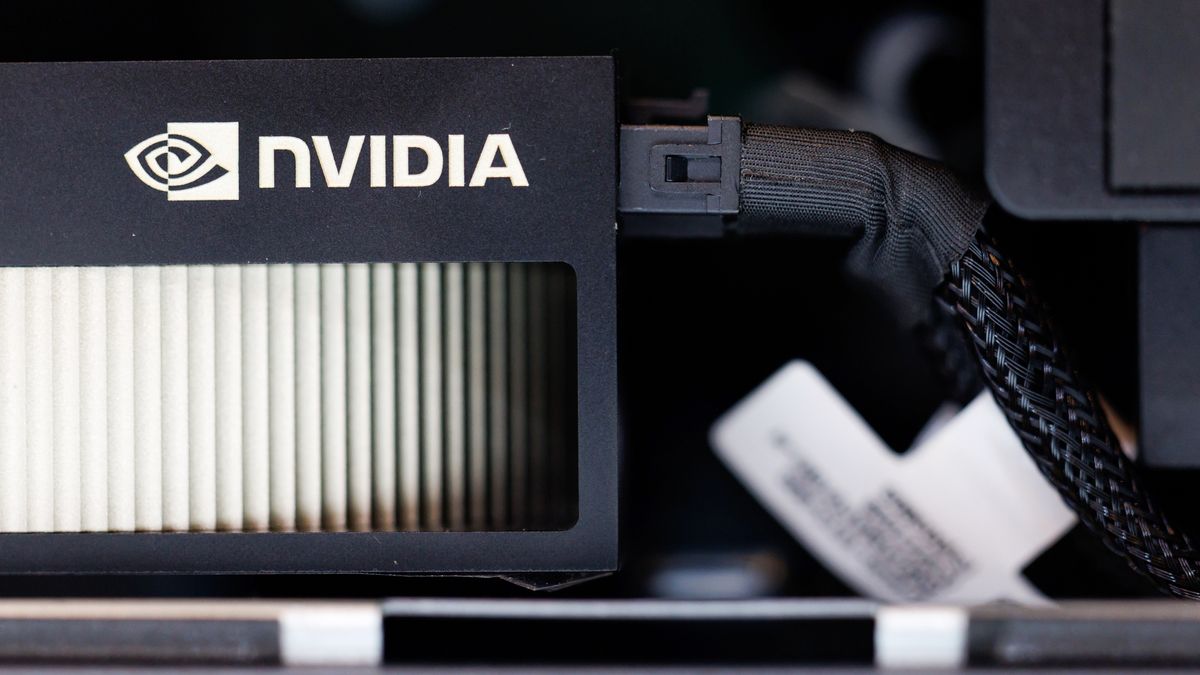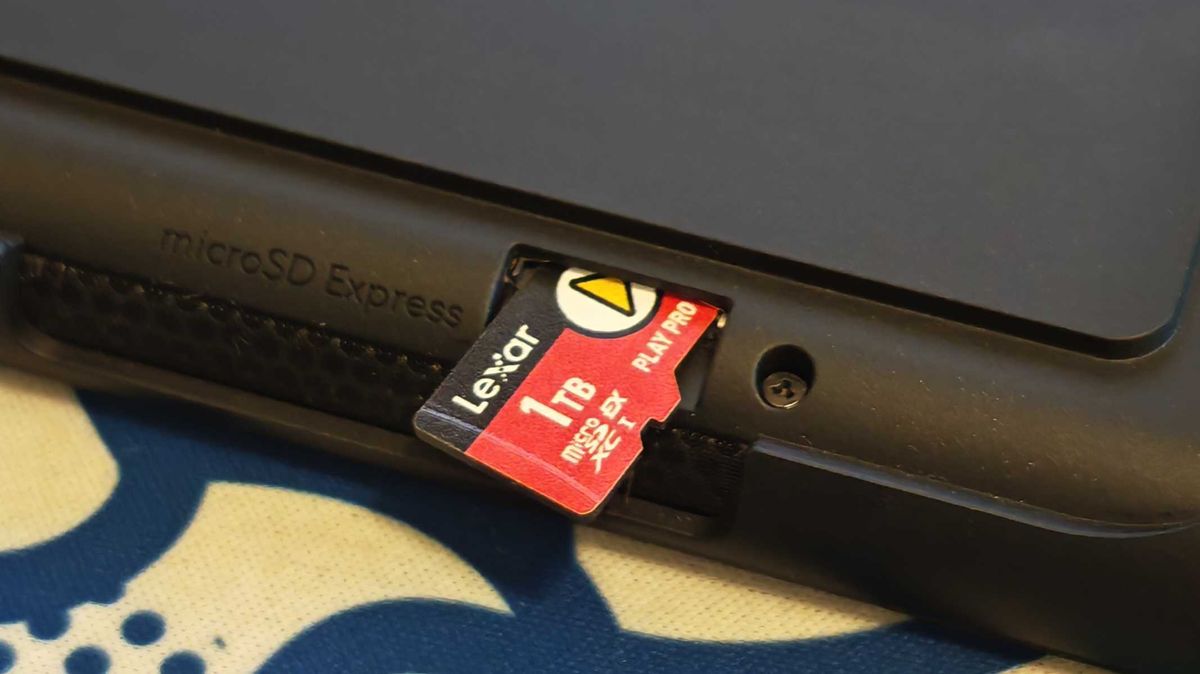I never considered myself claustrophobic until the door was shut. "Once I close this, you can't come out right away," an attendant told me as she stood outside my hyperbaric oxygen chamber at Next Health longevity clinic. Immediately, I asked for clarification. I was told that the chamber, once locked, would need time to depressurize, and I was given a walkie talkie to communicate with the staff if I needed to get out. The stakes felt much higher and the walls tighter all of a sudden, but for the sake of longevity and journalism, I gave it a try.
Hyperbaric oxygen chambers aren't new to the world of medicine. In medical or hospital settings, the therapy has been used throughout history (since 1662) to treat serious wounds and tissue disease. It also been cleared by the Food and Drug Administration (FDA) as a treatment for several conditions, including carbon monoxide poisoning, severe wounds, and decompression sickness for deep sea divers. But now, trendy clinics like Next Health are offering it to wellness buffs looking to reap the chamber's potential benefits.
Experts Featured in This Article:
Darshan Shah, MD, is the co-founder and CEO of Next Health.
Amesh Adalja, MD, is a senior scholar at the Johns Hopkins University Center for Health Security.
Ernest S. Chiu, MD, is a professor at the Hansjorg Wyss Department of Plastic Surgery at NYU Grossman School of Medicine and director of the Kimmel Hyperbaric and Advanced Wound Healing Center.
"One of the biggest advantages to this therapy, and what it's best known for, is its ability to accelerate recovery and reduce inflammation," says Darshan Shah, MD, co-founder and CEO of Next Health. For that reason, HBOT has become particularly popular outside of the medical setting among professional athletes and biohackers to enhance recovery time and keep the body at peak performance levels, he explains. "Whether you're recovering from an intense workout, surgery, or an injury, the increased oxygen levels help repair tissues faster, decrease swelling, and support overall healing," Dr. Shah says. "Beyond recovery, HBOT is also known for its cognitive and neurological benefits. Oxygen is crucial for brain function, and by delivering it at higher levels, HBOT can improve mental clarity, memory, and focus."
For more context, hyperbaric oxygen is "oxygen delivered at a higher pressure than that at sea level," says Amesh Adalja, MD, senior scholar at the Johns Hopkins University Center for Health Security. It's given in a therapy chamber to create a pressurized environment in which 100 percent pure oxygen (which is two to three times higher than normal air pressure) can absorb more potently into the bloodstream and lungs, per the Mayo Clinic.
That said, Dr. Shah notes that the Next Health chambers are not medical grade. They provide 95 percent pure oxygen that is delivered at a gentle pressure level, specifically between 4 to 4.5 PSI (pounds per square inch, a unit of pressure management that indicates the force exerted). For reference, a medical-grade chamber can be delivered at 44.1 PSI, per the University of Kansas Health System.
Still, hyperbaric oxygen chambers are not without their risks. Because of the increased pressure and increased concentration of the oxygen, potential risks include ear and sinus pain, middle ear injuries, temporary vision changes, and lung collapse (which is rare), per the FDA. The therapy isn't recommended for people who have had a recent ear surgery or injury, a cold or fever, or certain types of lung disease, per Johns Hopkins Medicine. High concentrations of oxygen can also pose a fire risk. Most recently, the treatment was in the news after a 5-year-old in Michigan was incinerated in a hyperbaric chamber explosion at an alternative medicine clinic. The lack of regulation around HBOT remains a primary concern for many doctors.
"We recommend hyperbaric oxygen therapy at Underseas Hyperbaric Medical Society (UHMS) accredited facilities for patient safety, to treat specific conditions with proven clinical data to support its use," says Ernest S. Chiu, MD, professor at the Hansjorg Wyss Department of Plastic Surgery at NYU Grossman School of Medicine and Director of the Kimmel Hyperbaric and Advanced Wound Healing Center. "Use for aesthetic and wellness continues to evolve, but remains unproven at this time."
Knowing that, I wondered whether a low-pressure HBOT chamber could really offer much in terms of wellness and longevity. Here's what happened when I put HBOT to the test.
My Experience With Hyperbaric Oxygen Therapy
Upon arrival, I was given a tour of the chamber and a comprehensive briefing of how it works, where to find the emergency button, and potential side effects. And yes, despite the risk of feeling claustrophobic, I still climbed in.
The first 10 minutes I was rattled, to be honest. The oxygen machine was louder than I expected, and I started getting anxious about not being able to get out. I pressed the emergency button about five minutes in to check that they could hear me outside. Immediately, a member of the staff responded and asked if I was OK, and I felt better. The next time I pressed the button, it was to ask about my ears popping. I was told it was a common side effect but that if it bothered me too much, we could cut the session short. I decided to stick it out.
For the next 35 minutes, I tried to relax, putting on the headphones provided to help with the ear popping and answering emails (there's WIFI in the chamber). But the loud noises made it hard to do work. So I closed my eyes and tried to enjoy the quiet time, breathing deeply and yawning to unclog my ears. Before I knew it, my 50 minutes was up. The staff member came down and depressurized the chamber, helped me climb out, and I was out of the door.
In terms of the immediate benefits, the mental clarity was noticeable. As I rode back home in the Uber, I felt present and motivated to tackle my day's worth of editing. I felt sharper than usual, like a deposit of energy had been placed in my reserve. Now, I can't say for sure if that was the HBOT or the fact that I'd spent the past 50 minutes in a box, relatively unplugged, and practicing mindfulness. But I can say that mentally, I did feel better.
In terms of the other benefits, nothing else was obvious right away. Granted, the Next Health staffer did tell me that it can take several sessions to see results. "Patients typically incorporate one to two HBOT sessions per week as part of their longevity, recovery, and cognitive optimization routine," Dr. Shah says. "Those using HBOT for injury recovery or post-surgical healing may do daily or every-other-day sessions for a few weeks. For general wellness and anti-aging benefits, some clients maintain a monthly maintenance schedule." But ultimately, this is decided by the patient and a Next Health provider. "The majority [of patients] have their biomarkers measured first and review their lab results with a Next Health provider, who works with them to create a personalized wellness plan based on their unique data and goals," per Dr. Shah.
Is HBOT Worth It?
A single HBOT session at NextHealth is $350, so it's not cheap. If I had more data (like biomarkers before and after the session) to base the results on, then maybe I could say it was "worth it." I didn't go in with any injuries or existing inflammation either, so I can't say whether it works for that or not.
But after one session, I can speak to the mental clarity — my focus definitely improved. I had an incredibly productive work day, blowing through my to-list with ease. I found tackling longer stories easier and didn't feel as drained at the end of the day. But the ear popping and general machine loudness was overwhelming, and I can't say that I'd sit through another session in the chamber just for an energy boost.
Ultimately, if you're considering HBOT for wellness, I'd suggest you talk to your healthcare provider first. Discuss your medical history and health goals with them to decide if HBOT as a wellness treatment is right for you.
Alexis Jones is the senior health and fitness editor at PS. Her areas of expertise include women's health and fitness, mental health, racial and ethnic disparities in healthcare, and chronic conditions. Prior to joining PS, she was the senior editor at Health magazine. Her other bylines can be found at Women's Health, Prevention, Marie Claire, and more.

 6 months ago
120
6 months ago
120








 English (US) ·
English (US) ·